July 13, 2022 marked the 10th anniversary of Publish What You Fund’s Aid Transparency Index. This year’s 2022 Index included 50 of the top global donors, including four U.S. entities—the Millennium Challenge Corporation (MCC), the United States Agency for International Development (USAID), the United States Department of State (State), and the President’s Emergency Plan for AIDS Relief (PEPFAR). MCC, USAID, State, and PEPFAR have been included in the Index assessment since the first iteration in 2012, providing a rare opportunity to look back over a decade of performance.
The Index is the only independent global assessment of donors’ transparency of aid and development finance. It is the product of six months of intense work of data collection, consultation with stakeholders, including donors in the Index, and assessment of the data. The review involved sampling approximately 13,000 documents and reviewing 147,310 projects with transactions totaling $221.7 billion. The final product is a ranking of donors on a scale of 100–0, with categories ranging from “very good” to “very poor.”
US commitment to transparency
The legal and policy commitments to aid transparency by the U.S. have grown stronger over the last decade. In 2011, the U.S. officially joined the International Aid Transparency Initiative (IATI)—a multistakeholder, voluntary effort to report aid information to an open data standard. In 2016, Congress passed the Foreign Aid Transparency and Accountability Act (FATAA), which required all agencies involved in the provision of U.S. foreign assistance to report—at the activity level—on at least a quarterly basis to ForeignAssistance.gov. With the BUILD Act of 2018, which created the U.S. International Development Finance Corporation, Congress made the reporting requirements of FATAA applicable to this new U.S. development finance institution.
This strong commitment to robust reporting of U.S. foreign assistance is critical given the global reach of U.S. policy and programs. The world faces an ongoing global pandemic, with unequal impacts on vulnerable populations, and an unprecedented food crisis, significantly exacerbated by the Russian invasion of Ukraine and leading to large numbers of people facing hunger and starvation. The growing effects of climate change are only intensifying these problems. This has put already scarce resources under severe strain, underscoring the need to ensure effective investments with a clear vision on how to put every dollar to maximum use. Given the U.S.’ role as the world’s largest bilateral donor, we should expect the U.S. to lead in transparency.
Performance of US agencies
The U.S. performance in the Index was mixed, as has been true for the last decade. The MCC, which has been a consistent high performer, once again scored as both the top U.S. agency and the top bilateral agency globally. After years of mixed performance, PEPFAR showed significant improvement, coming in as the second best in the U.S., jumping almost nine points from 2020. USAID, which had a strong performance in 2020, lost ground, slipping 12 points. State, which in 2020 reached the “good” category for the first time, slipped five points and back into “fair.”
As with past indexes, the release of the Aid Transparency Index was accompanied by a global report as well as a U.S. Brief. The U.S. brief summarizes performance, but its focus is on recommendations for areas for improvement for each of the U.S. agencies.
Recommendations
Some of the recommendations have been long-standing and show a persistent failure of improvement.
- For example, State’s basic project level information—titles, descriptions, and other basic information—has been a perpetual problem. The time is long past for addressing improvements to the fundamentals of project level information. Other basic issues, including publication of tenders and contracts, are problems for State, USAID, and PEPFAR.
- Performance information—such as evaluations and results data—has lagged for most agencies, although MCC’s information is high quality.
- Subnational information—important data for many users—needs to improve for USAID, State, and PEPFAR.
- Timeliness is an important component of data quality. Only USAID publishes its information monthly, which is now the norm globally. All four agencies in the past have published on a monthly basis. Especially given current global needs, this should be a requirement for all U.S. agencies moving forward.
Progress
There was good news. A new indicator was introduced in this Index that allows for better identification of the relationship between funders, implementers, and coordinators. The U.S. agencies answered the call, with USAID, PEPAR, and State all coming in among the top 10 best performers (MCC was exempt from this test for the 2022 Index). Well done!
Finally, a shout out for the completed consolidation of USAID’s and State’s two official websites into a single useable website. This effort was years in the making, one in which we spilled much ink. But the result is a good one for users and taxpayers, and we look forward to continued improvements in the useability of the project level data and to facilitating the engagement with local actors around the data.
Agency policy roundtable
Brookings and Friends of Publish What You Fund hosted a joint policy meeting with all the agencies for a deeper discussion of the assessment. We do this in part because it isn’t apparent that U.S. agencies collaborate on publication of the data. The session creates time and space for thinking about not only how best to improve the data but how to improve its accessibility to a range of stakeholders. This is even more exciting as the release of the Index comes at a time when the IATI data set has reached a critical level of maturity and quality. We shared some of the innovative research being undertaken by Publish What You Fund, specifically on tracking finance of women’s equality and empowerment, as well as ideas for further use of IATI data, including tracking local ownership, unpaid care, and climate finance. The EU launch of the Index also contained several very useful examples of how IATI data is being used to improve research and outcomes. These examples speak to the range of opportunities for useful and granular research, all of which can improve decision making, allocations, and effective investments.
Engagement and use of data
Good quality publication is a critical first milestone. But it is important that agencies actively use the data and engage with stakeholders on the information—especially local actors—with the goal of improving development outcomes. A useful step in this direction was the addition of U.S. government (USG) data to the presentation of IATI data on the Beyond USG tab on ForeignAssistance.gov (the earlier iteration did not). Adding USG data provides access to IATI data on assistance that all donors are providing to a country.
Now that it is possible to use IATI data for policymaking, program management, research, and engagement with local stakeholders, the effort by all donors to provide robust IATI data is an especially worthwhile investment.
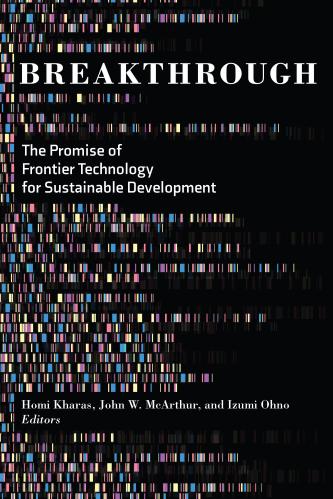
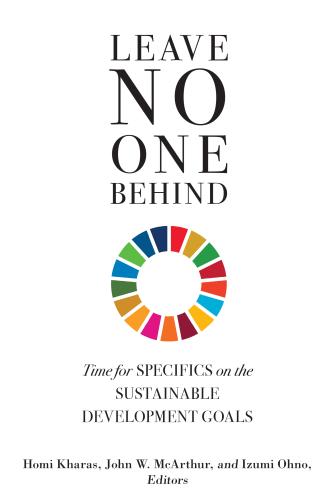
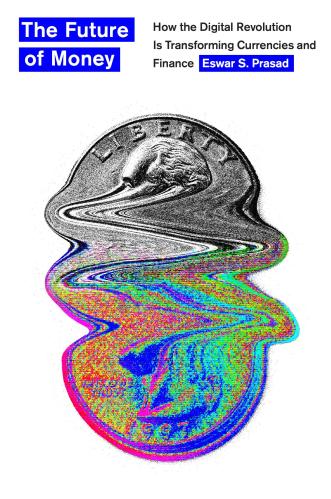

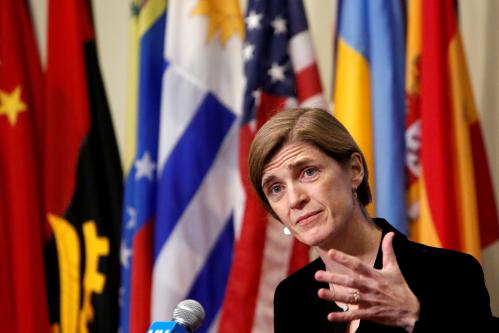
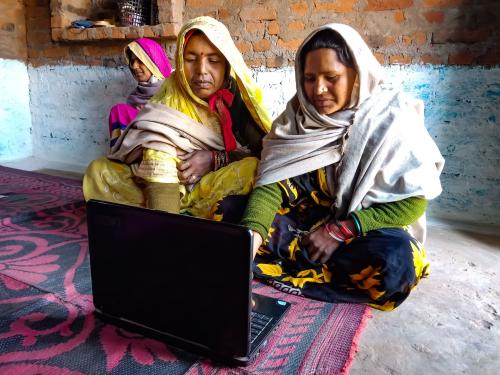





Commentary
10 years of the Aid Transparency Index—How has the US fared?
August 1, 2022